From Kitchen to Event: The Indispensable Inventory Checklist for Launching Your Catering Business
Transform your culinary passion into a thriving catering business with our expert guidance. Learn how to create an indispensable inventory checklist tailored to your specific needs, ensuring seamless operations from kitchen to event.
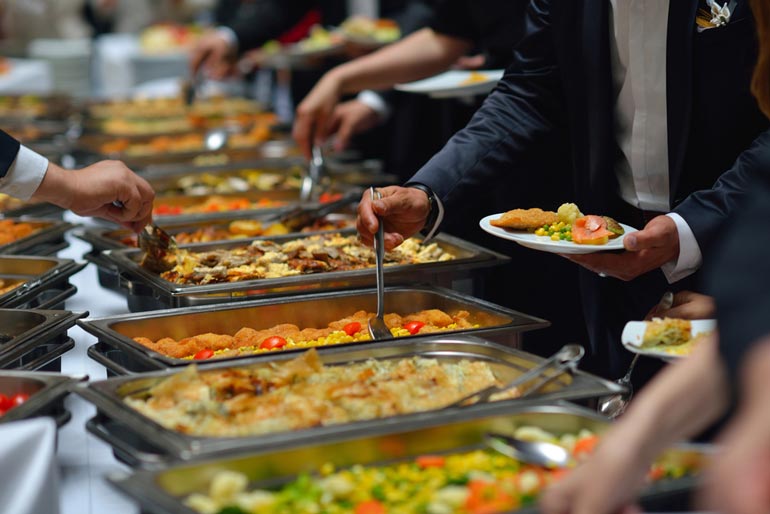
Are you a culinary enthusiast with a passion for cooking up delicious dishes and wowing guests with your culinary creations? Have you been dreaming of turning your love for cooking into a thriving business? Starting a catering business may be the perfect venture for you. Catering allows you to showcase your culinary skills, creativity, and attention to detail while bringing joy and satisfaction to clients and their guests. But before you dive headfirst into the world of catering, there are essential steps you need to take to ensure the success of your business.
One of the most crucial aspects of launching a catering business is creating a comprehensive inventory checklist to help you efficiently manage your supplies, equipment, and ingredients. In this article, we will guide you through the process of creating an indispensable inventory checklist that will set your catering business up for success, from the kitchen to the event.
Determining Your Needs
Before you start purchasing supplies and equipment, take the time to consider the specific needs of your catering business carefully. This step is fundamental, as it helps prevent unnecessary expenses on items that may not align with your catering services. Begin by defining the type of events you plan to cater to, whether they are intimate dinner parties, corporate events, or large-scale weddings. Each event type has unique requirements in terms of equipment, serving ware, and even the extent of kitchen tools needed.
Additionally, think about the cuisine you’ll be offering because this will heavily influence the kinds of ingredients and kitchen gadgets you’ll need. For instance, baking and pastry equipment will be essential for a caterer focusing on desserts, while a focus on international cuisines might require specialized tools and ingredients. Taking the time to meticulously plan your inventory according to the needs of your business will streamline operations and enhance your ability to deliver exceptional service. Find more information at https://cmjjgourmet.com/.
Essential Supplies and Equipment
Once you have a clear understanding of the type of events you’ll be catering to and the cuisine you’ll be offering, it’s time to compile a list of essential supplies and equipment that will form the backbone of your operations. This list should include both the back-of-house items that are fundamental to the preparation of your dishes and the front-of-house items that contribute to the presentation and service of your food.
For the kitchen, your checklist should include a range of cooking equipment such as ovens, stoves, and grills, as well as smaller items like pots, pans, knives, and cutting boards. It’s also crucial to consider storage equipment such as refrigerators, freezers, and shelving units for ingredients and prepared dishes. For serving and presentation, you’ll need essential items like plates, glasses, silverware, and serving trays. Remember the more nuanced items like tablecloths, napkins, and centerpieces to elevate the overall aesthetic of your events.
Ingredients and Food Supplies
In addition to equipment and serving ware, you’ll also need to keep a close eye on your ingredient inventory to ensure you have everything needed to prepare your dishes. This includes perishable items like produce, meat, dairy, and eggs, as well as dry goods like flour, sugar, and grains. Keep track of your inventory levels and regularly restock to ensure you have critical ingredients during events.
It’s also essential to consider food supplies beyond just the main dishes you’ll be serving. This could include condiments, sauces, and other accompaniments that may not be readily available at event venues. Additionally, don’t forget about beverages, both alcoholic and non-alcoholic, as they are often a significant part of event menus. Consider purchasing in bulk to save money and ensure you have enough for all your events.
Managing Your Inventory
Now that you have created an inventory checklist and stocked up on essential supplies and ingredients, the next step is to manage your inventory effectively. This involves keeping track of what you have on hand and when you need to restock, as well as organizing your supplies in a way that allows for easy access and efficient use.
One helpful tip is to label all your storage containers with the name of the item inside, its expiration date, and the date it was opened. This will help prevent spoilage and ensure you only use fresh ingredients in your dishes. Regularly check inventory levels and update your checklist accordingly to ensure you have enough critical supplies during events.
Additionally, consider categorizing your inventory based on frequency of use or type of item to streamline your access and retrieval process. Implementing a first-in, first-out (FIFO) system can also ensure that older items are used before newer ones, reducing waste and maintaining freshness in your stock. By maintaining a well-organized and labeled inventory system, you can enhance the efficiency and quality of your cooking or event preparation endeavors.
Conclusion
Creating a comprehensive inventory checklist is an indispensable step in launching a successful catering business. It enables you to stay organized, save money on unnecessary purchases, and ensure you have everything you need for each event. Take the time to carefully assess the needs of your business, stock up on essential supplies and equipment, and manage your inventory effectively to set your catering business up for success.




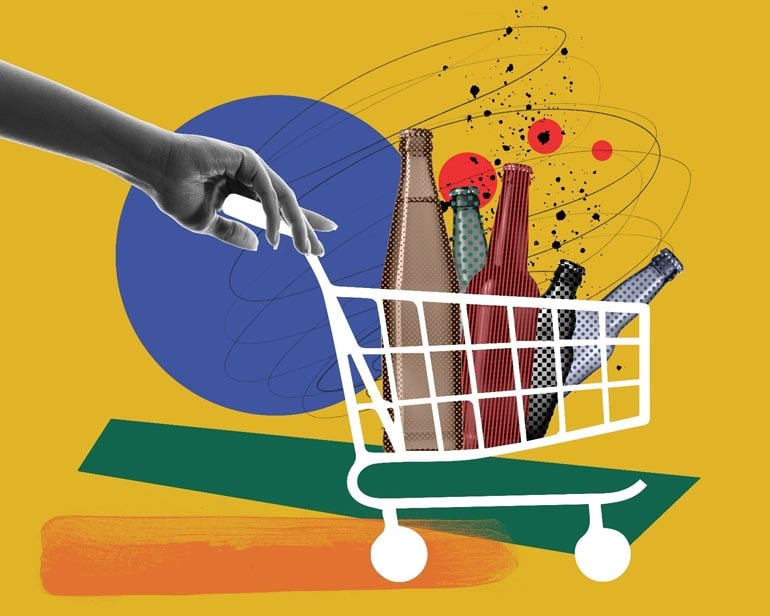





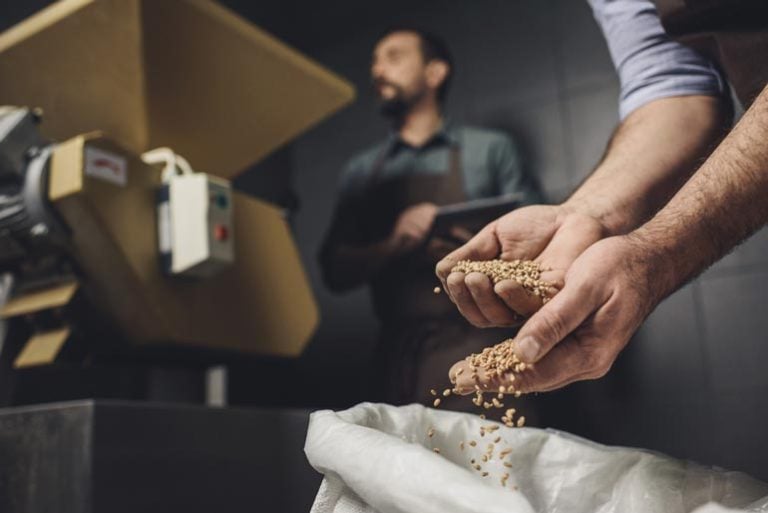

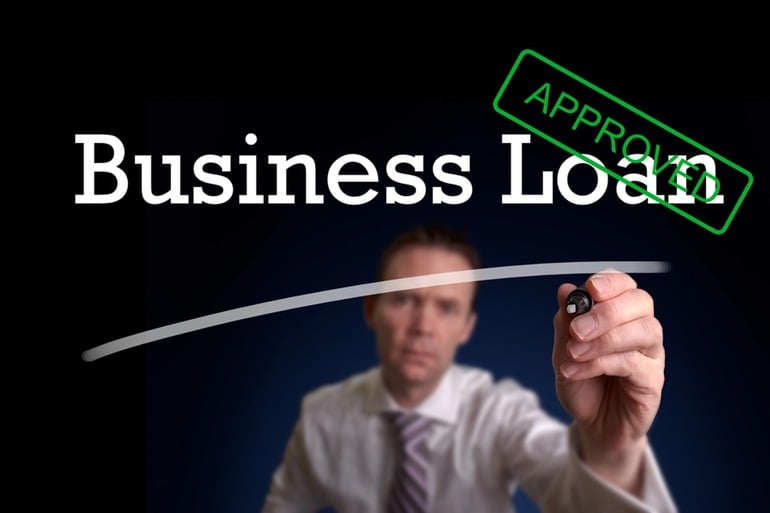

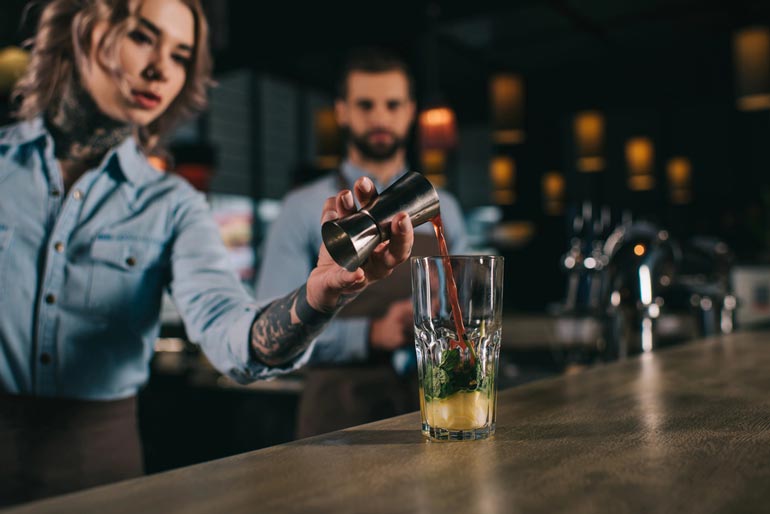
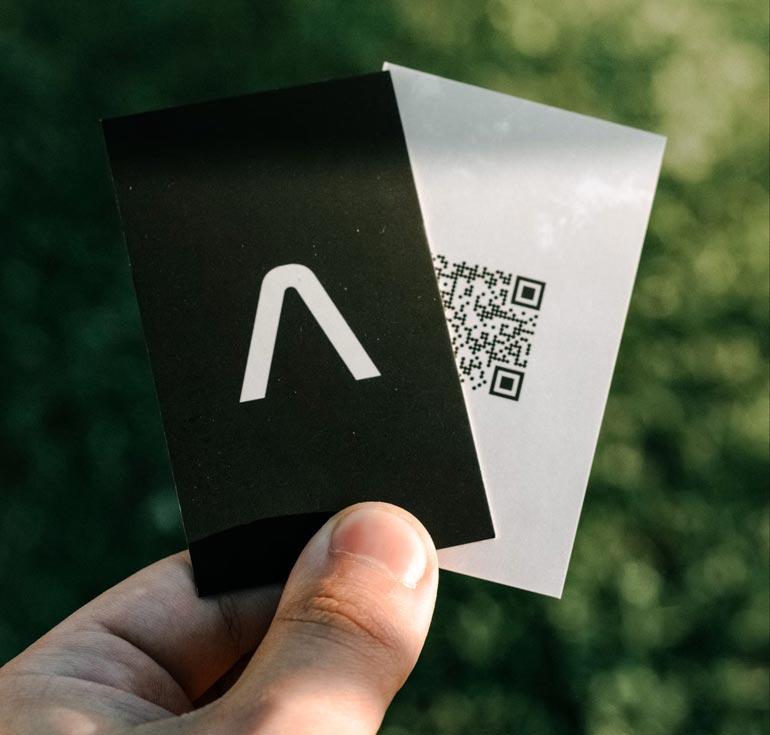
Comments 0
No Readers' Pick yet.